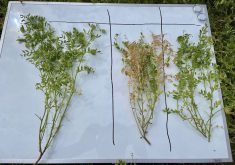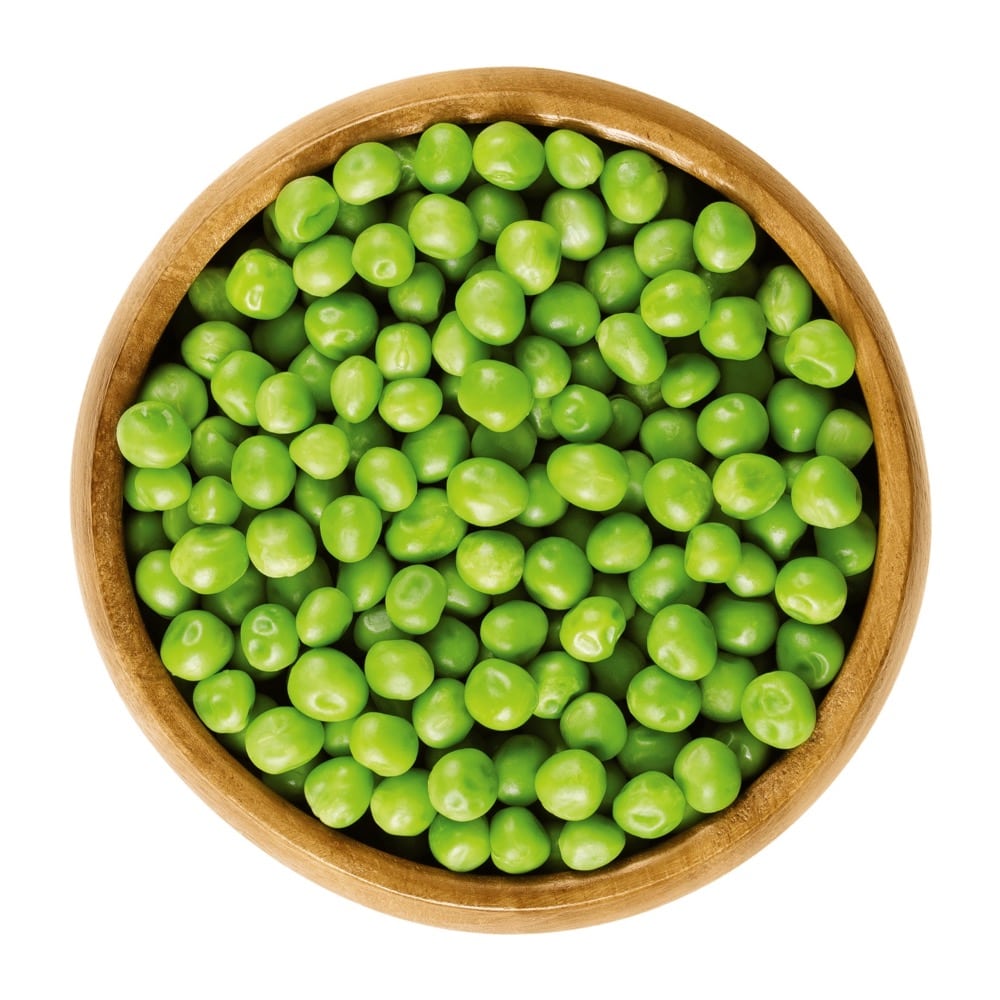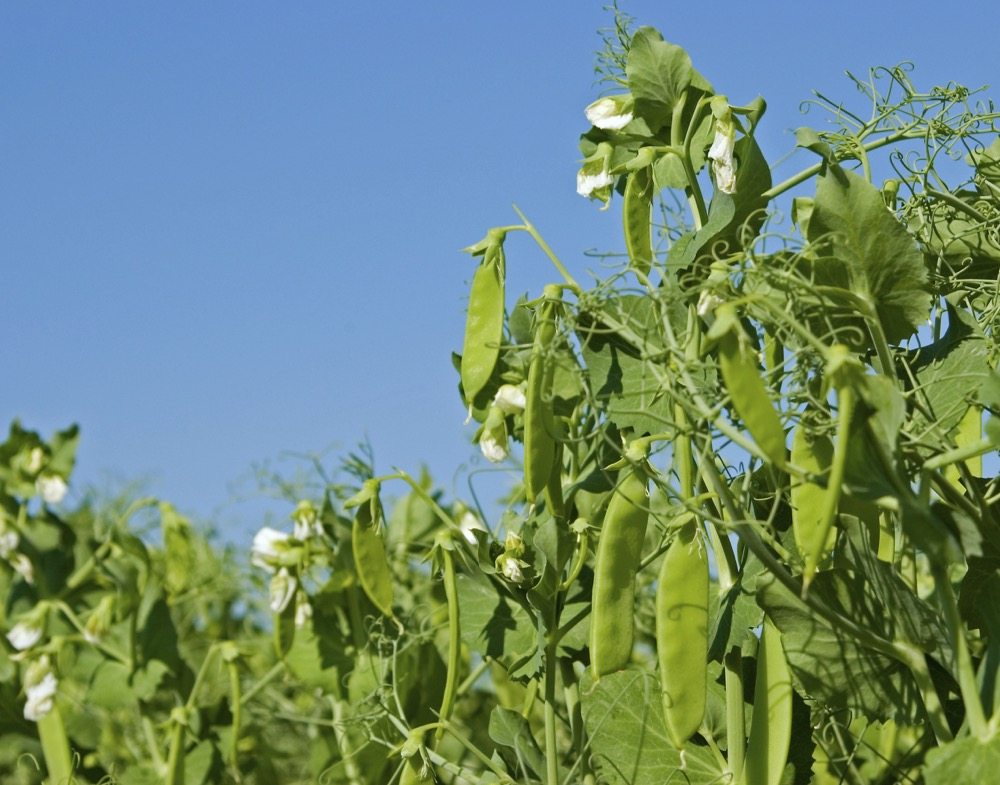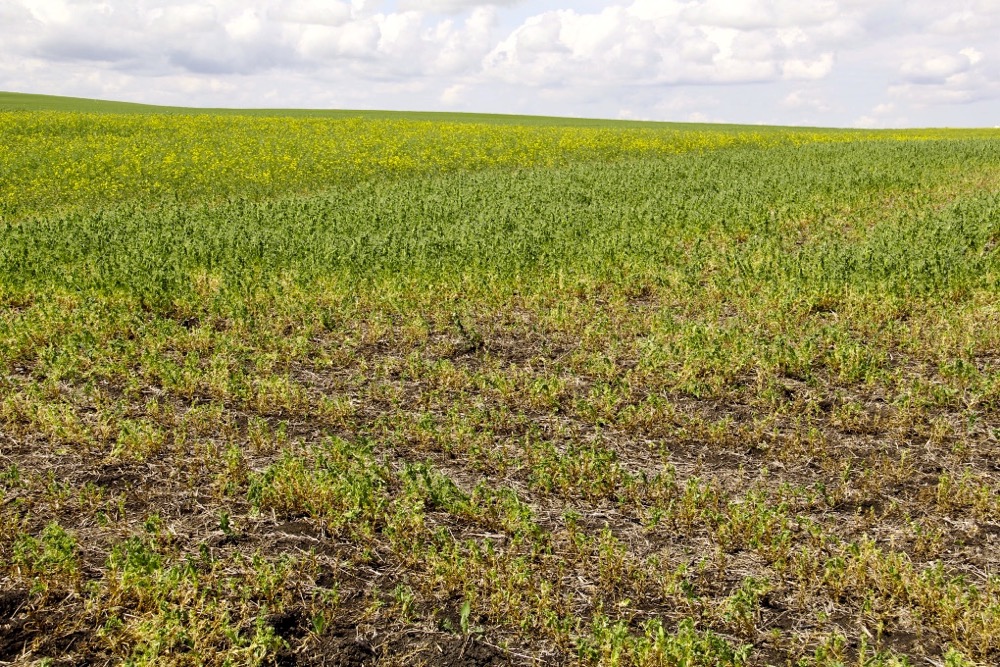Sherrilyn Phelps’ first day with Sask Pulse was July 7, 2014. By 8 a.m. that morning, she’d already fielded her first call on root rot. It was a sign of things to come.
Lentils and peas are both very susceptible to aphanomyces, Phelps told CropSphere delegates in Saskatoon this winter. Some other pulses, such as chickpeas, soybeans, and fababeans, are much more resistant to the pathogen.
- Read more: Managing root rot in pulses
But recent research shows that aphanomyces infestations seem to progress differently in pea and lentil fields. Soil zones also seem to affect infestations.
Read Also

Could crop sharing be a viable option for your farm?
Crop sharing could be a good option for young and beginning farmers.
AAFC’s Syama Chatterton presented findings from field surveys done across the soil zones. Researchers pulled several samples from each pea and lentil field, then tracked how many samples tested positive for aphanomyces, and how many were negative. Each sample was tested twice, which led to a bit of conflict in the numbers, but there were some trends.
Researchers found a mixture of lentil fields moving from a healthy to diseased state. Over 20 lentil fields had no positive samples of aphanomyces. About 25 had moderate infections, and over 20 fields had between 76 and 100 positive samples.
Peas were a different story. At least 35 fields had no aphanomyces-positive samples, and about 24 had 76 to 100 positive samples. There were few fields in between with moderate infestations. “You have the healthy fields, and then you have the fields that have a lot of disease,” says Chatterton.
















